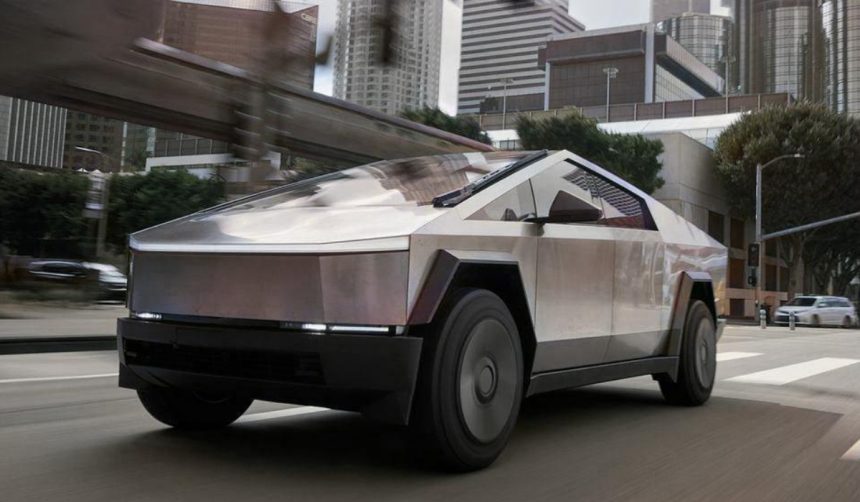Tesla‘s anticipated Cybertruck may encounter significant barriers before its entry into the Australian market, reflecting the complexities of adapting a unique electric vehicle to national regulations. While the model has garnered global attention for its distinctive design and capabilities, local compliance and production adjustments present challenges that Tesla must navigate. The situation underscores the broader difficulties automakers face when introducing innovative vehicles to diverse regulatory environments.
Earlier reports indicated Tesla’s strong commitment to bringing the Cybertruck to Australia and New Zealand, addressing a market demand for durable, full electric pickups. However, recent feedback highlights growing skepticism regarding the vehicle’s ability to meet Australian Design Rules, potentially delaying its arrival.
Compliance Challenges with Australian Design Rules
The Cybertruck’s unique shape and features have raised concerns about its adherence to Australian safety and design standards. Critics argue that elements like steer-by-wire technology and the vehicle’s angular structure may not comply with required regulations, posing obstacles for approval.
Potential Modifications for Local Market
Adjustments may be necessary for the Cybertruck to meet Australian specifications, including converting to a right-hand drive configuration. Tesla’s Country Manager, Thom Drew, addressed these issues by stating:
“A lot of those concerns are unfounded around its compliance. There is a lot about it that works within the Australian compliance system. Are there changes required? That is absolutely part of the discussion with headquarters at the moment.”
Despite these reassurances, the extent of required modifications could lead to substantial redesigns, potentially impacting the vehicle’s original concept and production timeline.
Production and Timeline Uncertainties
The need for right-hand drive models would necessitate changes in Tesla’s Gigafactory Texas production lines, introducing delays and logistical challenges. Drew expressed doubt about the Cybertruck’s imminent launch in Australia, emphasizing that significant adjustments are still under consideration.
Comparing current developments to past announcements, it appears Tesla’s initial enthusiasm for expanding the Cybertruck’s market share in Australia is being tempered by practical regulatory and manufacturing hurdles. This shift highlights the often complex relationship between innovative product designs and diverse international standards.
Ultimately, while Tesla continues discussions about the Cybertruck’s potential launch in Australia, uncertainties around compliance and production make its arrival unpredictable. Prospective buyers may need to remain patient as Tesla navigates these challenges, balancing design integrity with local market requirements.
Achieving compliance with Australian Design Rules is essential for the Cybertruck’s success in the region. Tesla must carefully consider the necessary modifications to maintain the vehicle’s appeal while meeting regulatory standards. Ensuring a seamless adaptation process will be crucial for Tesla’s reputation and the Cybertruck’s acceptance among Australian consumers.
Tesla’s journey to introduce the Cybertruck in Australia underscores the broader challenges of adapting innovative vehicles to meet specific regional requirements. Successful navigation of these hurdles could set a precedent for future Tesla models in diverse markets.










